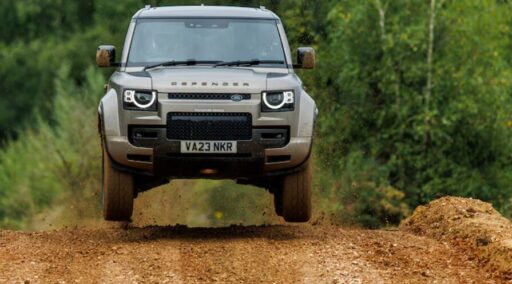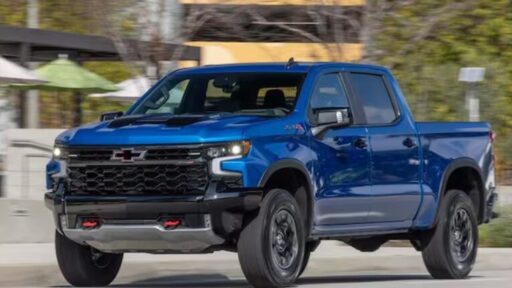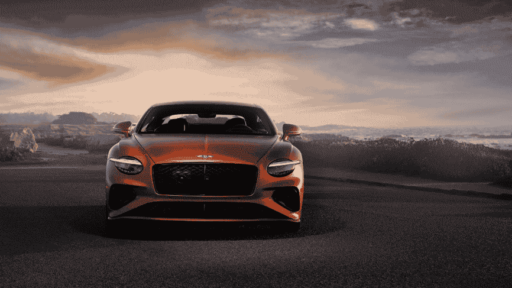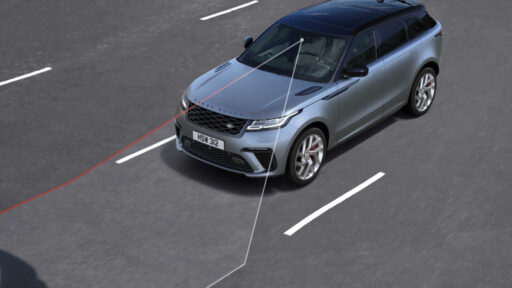Just 16 months ago, Jaguar Land Rover made a bold move by rebranding itself as JLR, expanding its traditional two brands into four distinct entities, and surprisingly relegating the iconic Land Rover name to what appears to be a largely ceremonial role within the newly structured “House of Brands.” The company’s leadership has been somewhat elusive about their reasoning behind this shift.
However, recent interviews with JLR COO Lennard Hoornik and Range Rover‘s managing director, Geraldine Ingham, have shed a bit more light on the fate of the Land Rover name.
From the outset, JLR executives have been hesitant to admit that Land Rover has been downgraded or pushed into the background. They emphasize that the familiar green Land Rover logo, which they now refer to as a “trustmark,” will continue to appear on vehicles, symbolizing core attributes like off-road capability.
READ MORE: MINI Marks 65 Years with New Models and Racing Triumphs
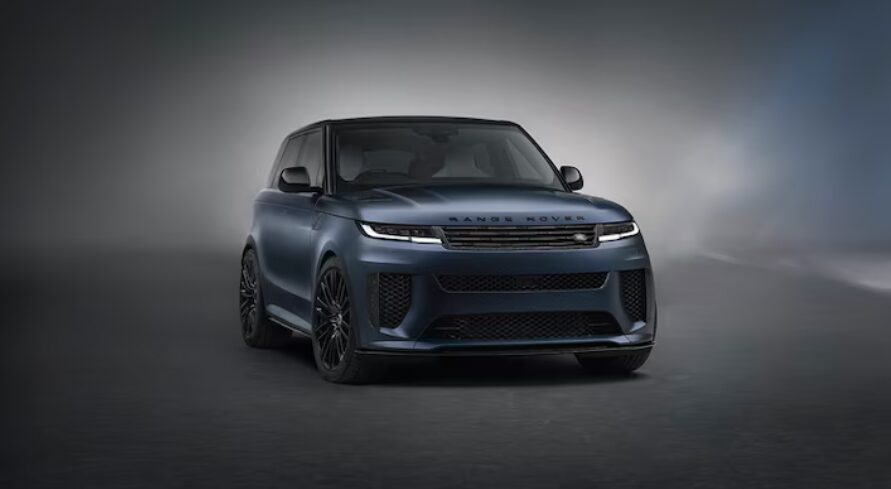
Yet, whether this logo will be featured on all former Land Rover models remains uncertain, with Ingham noting that “removing badges is part of our reductive design strategy.” Hoornik, on the other hand, is more defensive, insisting that the Land Rover badge remains a “critical mark” and will be “refined” rather than eliminated.

He also highlights the growing Land Rover Classic division, which restores classic models for affluent collectors, as evidence of the brand’s ongoing importance. A similar effort is underway in the Jaguar Classic division.

What’s conspicuously absent from these discussions is a clear explanation of why JLR doesn’t believe Land Rover retains the brand equity it once had. By reducing the name to a badge and a restoration shop without an explicit rationale, it seems the company might believe that Land Rover can no longer drive sales as it once did.
This sentiment is supported by chief creative officer Jerry McGovern’s comments when the rebranding was first announced: “The reality is Range Rover is already a brand. So is Defender.
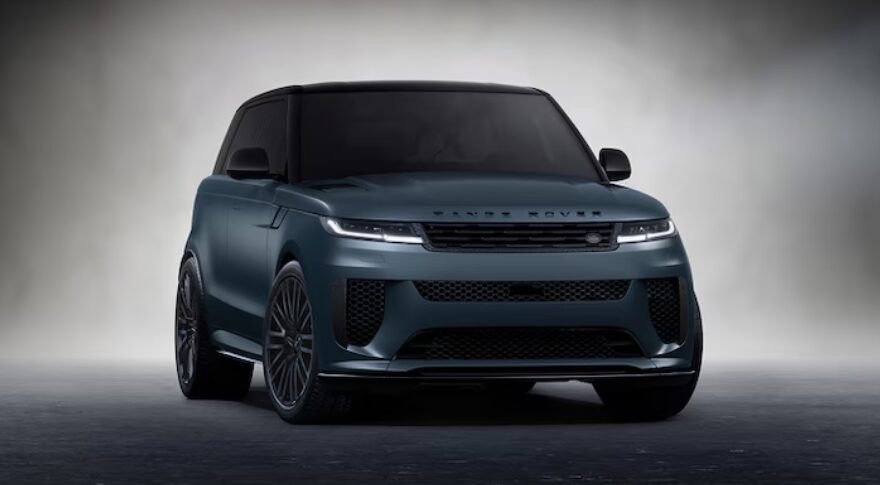
We love the Land Rover name, but it doesn’t have as much equity as Range Rover, and Defender is rising fast.” McGovern further pointed out that people tend to identify more with driving a Range Rover than a Land Rover, suggesting that the buying public has moved past the Land Rover name in favor of specific models like Range Rover and Defender, and JLR has chosen to embrace this shift rather than resist it.
The restructuring into a “House of Brands” adds a layer of complexity but also brings clarity to each brand’s identity and direction, according to Hoornik. By turning Range Rover, Defender, and Discovery into standalone brands, each can now pursue its own distinct values and product lines without being tied to the Land Rover identity.
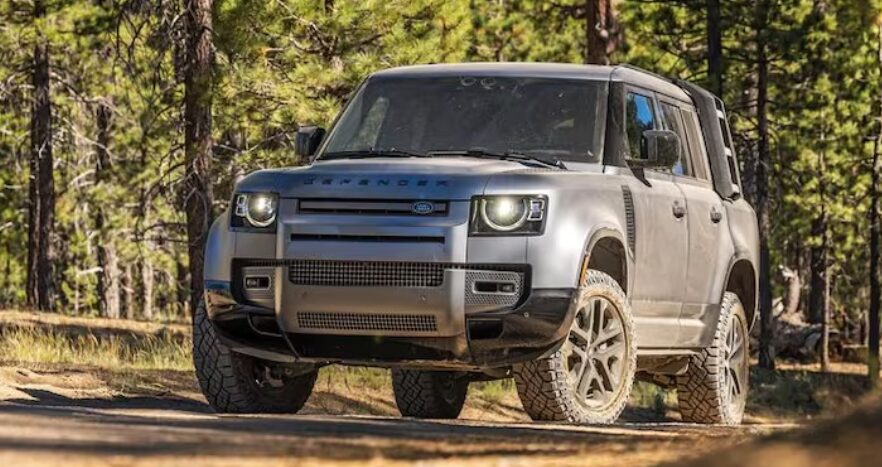
Under this new structure, each brand has its own managing director reporting directly to Hoornik, and each enjoys focused attention, including separate strategy meetings. This new setup also extends to regional markets, where each brand now has dedicated managers rather than a single local boss handling multiple brands.
Hoornik and Ingham are confident that these brands will thrive independently. As Ingham points out, Range Rover is already a robust, standalone brand, and McGovern’s assertion that no one calls their Range Rover a “Land Rover Range Rover” reinforces this point.
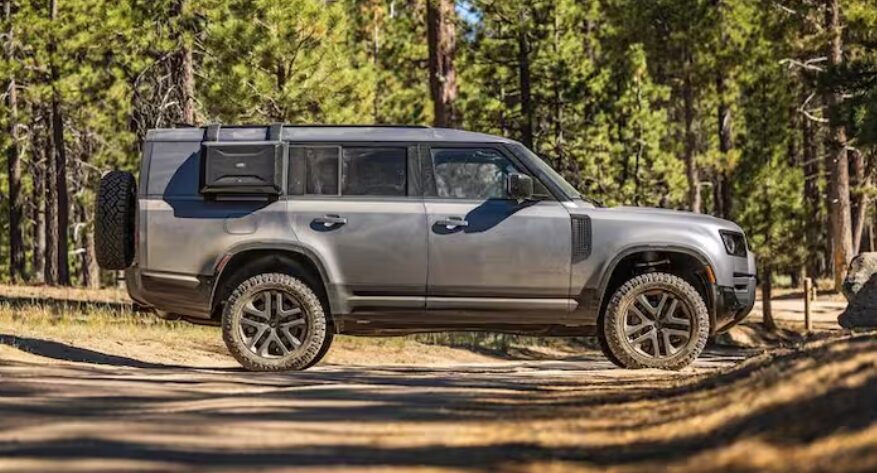
The Defender, which has seen a dramatic increase in sales since its redesign, is also poised to succeed as its own brand, especially with most new Defender buyers being new to the brand. However, the Discovery brand, while having a loyal following and steady sales, is less clear-cut. Hoornik hinted at a significant reimagining of Discovery, though it remains to be seen if it will undergo a complete overhaul similar to what Jaguar is currently experiencing.
As for Jaguar, brand manager Rawdon Glover recently revealed that the brand is being reinvented from the ground up. The entire current lineup has been scrapped, a new design language has been crafted, and a high-end sales experience is being developed.
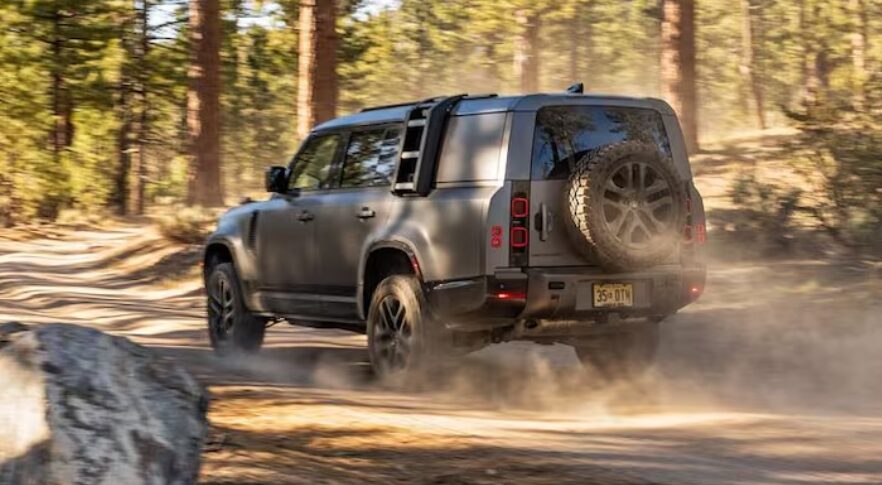
The first of Jaguar’s future all-electric, ultra-luxury vehicles, priced at over $100,000, is set to debut in December. Hoornik confidently added that if this new Jaguar model were on display at the prestigious Pebble Beach Concours d’Elegance, it would undoubtedly turn heads.
Throughout these discussions, a common theme of “trust us” emerged from JLR’s leadership. They suggest that a grand, long-term plan is in place, though they remain hesitant to divulge full details. Hoornik reassured that the company has crossed the hurdle and has everything figured out, urging the public to be patient as JLR rolls out its new products. Stuart Schorr, JLR North America’s vice president of communications, echoed this sentiment, emphasizing that the strategy is long-term and that many exciting developments are yet to be revealed.
READ MORE: Monterey Car Week: Celebrating a Week of Automotive Milestones
Subscribe today for the freshest car news delivered to your inbox
